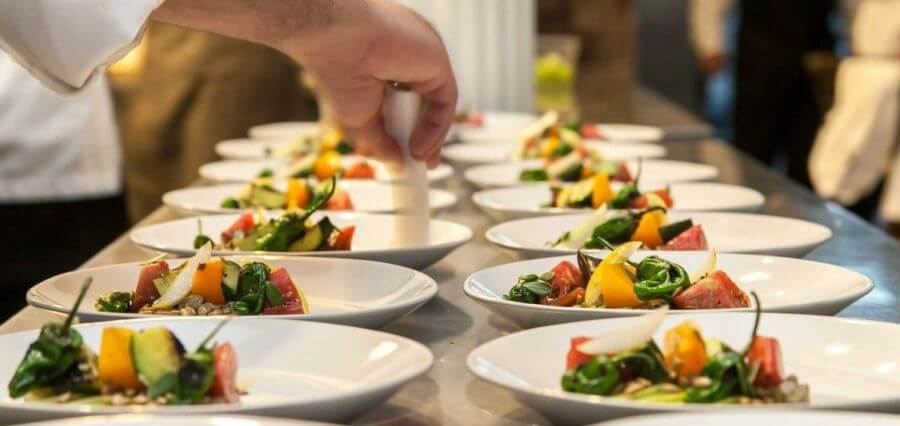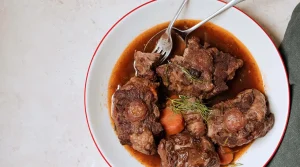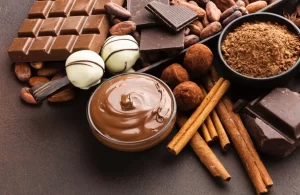
The culinary world is continually evolving, driven by a quest for innovation and efficiency. Exploring cutting-edge cooking techniques and technologies by Food Service Consultant Firm not only elevates the dining experience but also revolutionizes food service solutions. Here are some innovative culinary techniques that showcase the fusion of creativity and technology in the culinary landscape:
- Sous Vide Cooking:
Technique: Sous vide, French for “under vacuum,” involves cooking food in vacuum-sealed bags submerged in a precisely controlled water bath. The method ensures consistent temperatures throughout the cooking process, resulting in perfectly cooked, tender, and flavorful dishes. Sous vide is particularly renowned for its ability to achieve precise doneness and retain the natural juices of ingredients.
- Molecular Gastronomy:
Technique: Molecular gastronomy is a culinary movement that explores the scientific principles behind cooking to create avant-garde dishes. Techniques include spherification (forming spheres using sodium alginate and calcium chloride), foaming (creating stable foams with ingredients like soy lecithin), and gelification (transforming liquids into gels using gelling agents). This approach allows chefs to deconstruct and reimagine familiar ingredients in innovative ways.

- Induction Cooking:
Technology: Induction cooking relies on electromagnetic fields to directly heat cookware. The technology offers precise temperature control, instant adjustments, and energy efficiency. Induction cooktops have gained popularity in both professional and home kitchens for their safety, speed, and responsiveness.
- Immersion Circulators:
Technology: Immersion circulators play a key role in sous vide cooking by regulating water temperature with precision. These devices ensure a consistent cooking environment, promoting even doneness and enhancing the flavors and textures of the ingredients. Immersion circulators have become indispensable tools for chefs embracing sous vide techniques.
- 3D Food Printing:
Technology: 3D food printing involves using printers to create three-dimensional edible structures. Chefs can design intricate patterns and shapes, turning ingredients into visually stunning culinary creations. This technology holds promise for personalized nutrition, intricate dessert decorations, and pushing the boundaries of culinary art.
- High-Pressure Processing (HPP):
Technology: High-Pressure Processing involves subjecting packaged food to high levels of hydrostatic pressure, effectively eliminating harmful bacteria while preserving the food’s quality and nutritional value. HPP extends shelf life without the need for heat or preservatives, making it a valuable technology for enhancing food safety.
Conclusion
The integration of innovative culinary techniques and technologies by Food Service Consultant Firm not only transforms the way food is prepared and presented but also redefines the possibilities within the culinary realm. Chefs and culinary enthusiasts alike can leverage these advancements to push the boundaries of creativity, efficiency, and culinary artistry. The intersection of culinary tradition and technological innovation continues to shape the future of gastronomy.






